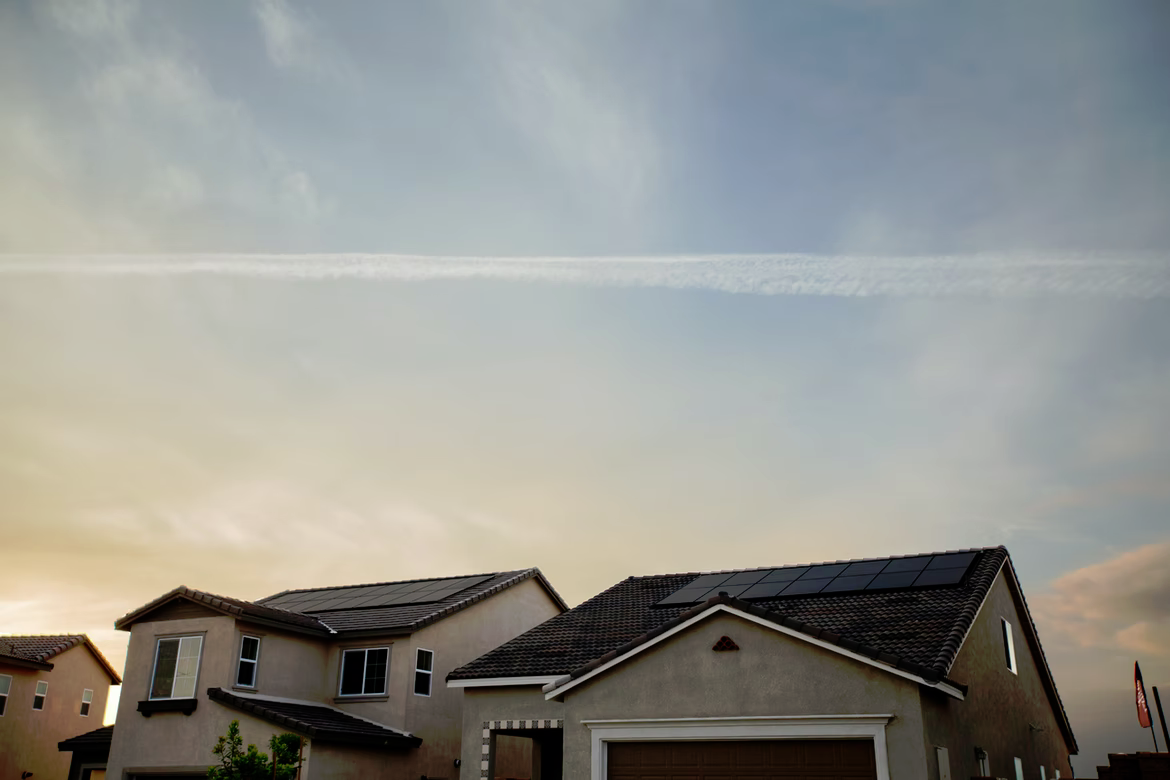Eco-Friendly Roof Hatches: Pros and Cons
Sustainability is a significant driving force for the modern construction industry. It is the focus of many innovators as more people become increasingly aware of our impact on the environment. As a result, new materials and industry practices continually revolutionize how the construction industry operates.
Hatches may come in various sizes, forms, and customizable designs to satisfy individual requirements and give easy roof access. Many roof hatch designs are available in multiple materials, including aluminum, galvanized steel, stainless steel, or a mix of aluminum and steel. These energy-efficient roof hatches can provide adequate thermal insulation to keep the heat inside during the winter and the cool outside during the summer.
It is essential to have roof hatches installed for easy and safe access to the area for maintenance. Most modern buildings require these installations for regular tasks and other reasons like natural lighting. Due to the influence of the current sustainability trend, a roof hatch must be environmentally friendly to meet the market demand.
These pros and cons of eco-friendly roof hatches may help you understand more about their good and bad sides:
Pros
1. Utilized as ventilation
There are variations of roof hatches that serve as ventilation to facilities that handle heat or hazardous particulates, such as factories that handle oil production. They require these installations to prevent dangerous materials from accumulating, potentially damaging the interiors of the building.
Some hatches provide a heat escape in case of fire. It prevents the build-up of heat that may warm the insides of the building, increasing the chances of other flammable materials combusting due to the fire. It also allows smoke to leave the building, allowing firefighters to enter and resolve the issue.
2. Provides easy access to the roof area
The roof hatch's primary function is to provide entry to the roof area during maintenance and installation. Regular inspection of the site, transportation, and installation of HVAC and other equipment are some of the tasks performed by personnel to maintain the overall operation of the building.
Occupants of the building can also use it to access the roof area for recreational purposes. If the space is a green roof, the hatch will give a safe way for people to enter the site. It is an excellent way for them to gather and de-stress within the space of this green roof.
3. Allows natural light into the building
There are variations of roof hatches that function as an entryway for natural light to enter the interior space. Most of these roof hatch's composition is glass, allowing sunlight to enter. It helps regulate temperature, especially during the winter months, cutting down power costs.
4. It is an energy-efficient way to regulate temperature
Thermally broken access hatches are the best example of roof hatches that help with controlling heat and coolness. It creates a barrier between the outside and inside temperatures to protect the consistency of the indoor temperature by not letting the heat escape.
5. Made from sustainable materials
The primary materials utilized for roof hatches are metals. Metals are recyclable and robust, making them a widely used material across many sectors but specifically in the construction industry, where their utilization is almost necessary. With this material's recyclable and robust nature, people consider it sustainable.
Cons
1. Possible fall hazard
OSHA set regulations specifically for roof access hatches because they pose a potential fall hazard if unsupervised and left open. To counter this danger, a roof hatch of significant size must have some safety railings around it to prevent people from accidentally falling. The personnel in charge must also properly close the hatches when not in use.
2. Possible security risks
Materials can deteriorate and get damaged as time passes. Roof hatches are susceptible to this vulnerability when not adequately maintained or replaced. Despite the level of protection that some roof hatches grant, they may still pose a security risk, such as unauthorized access.
If the roof hatch is in a state of degradation and not maintained to perform its function, burglars could use it as an entry point to enter the establishment.
3. Improper installation leads to poor heat regulation
Some roof hatches have a thermal break feature that allows them to protect the indoor temperature of the building. Improper installation could lead to heat escaping unintentionally, which will affect the thermal regulation of the building.
Ensure that the ones installing the roof hatches have proper credentials to avoid such incidence. Building managers should also schedule a regular inspection to check their functions because it might drive up the power cost of the building.
4. Possible leak source
Since the roof hatch is an entry point, if it does not have proper sealing or is not closed correctly during rainfall or snow, it will become an entry point for water inside the building. Ensuring that all gaps or holes get properly sealed is paramount to the integrity of the structure and operation of the entire establishment.
Takeaway
Creating something sustainable and long-lasting is a dream for the construction industry. As green and sustainable building projects progress, we can see more material production aimed towards such purposes. Roof hatches will be an indispensable asset for future projects. Consult a licensed professional that you trust for more information.


